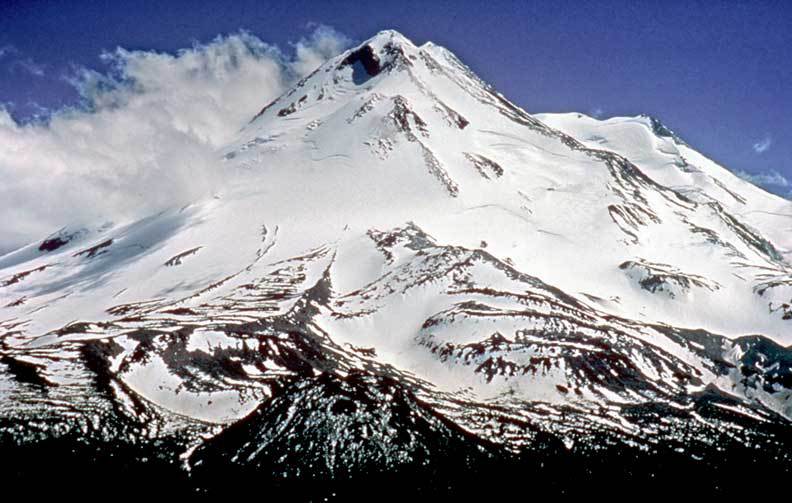
[Mt. Shasta's beautiful and elusive north side, showcasing the Hotlum-Bolam Ridge route, with the Hotlum Glacier on the left and the Bolam Glacier on the right, with the Whitney Glacier far right.]
It's an icon of northern California and one of the most sought after summits along the west coast, 14,180' Mt. Shasta. This prominent volcano offers excellent opportunities for climbing, skiing, and hiking on it's glacier clad slopes and one of the best summits anywhere - a small castle of rock with a sheer drop on all sides.

[MAA summiteer elated with the 100 mile view in every direction.]
Mountain Ascent Association has been climbing Shasta since the very beginning in 2009, and to date we have logged close to 40 trips there, climbing all the major routes.
I'm often asked about Mt. Shasta, when to climb it, where the best routes are and how to prepare for success. These are topics we discuss in our Mt. Shasta Seminar which you can view on our YouTube Channel here.
However, some highlights would be appropriate, let's do them in a FAQ format.
Q: Should I climb Avalanche Gulch?
If you've never been to Shasta before Avalanche Gulch is a good route to ascend because it's one of the easiest routes. However, it is crowded and prone to ice and rock fall, plus the perils of the mistakes of ill-experienced climbers. For those reasons I recommend the West Face or Hotlum Bolam Ridge routes instead. They require a bit more travel and have more routefinding components, but are far less crowded, more scenic, and ultimately more safe.
 [Typical weekend scene at basecamp for Avalanche Gulch]
[Typical weekend scene at basecamp for Avalanche Gulch]
Q: What training should I get in order to climb Shasta?
You absolutely need to know how to climb steep snow and perform an effective self arrest. In MAA, these skills are addressed in SNOW 1 and SNOW 2. You also need to know how to travel, camp and navigate in snow. These skills are addressed in MTN 2 training course. You do not need to have this training from MAA, you just need to be have the skills to climb the steep and slippery snow slopes confidently and safely.
Most importantly, you need to be fit enough to climb a minimum of 4,000' per day with a pack at altitude. You should not expect to succeed by just jumping off the couch and heading up there. Put in at least two months of cardio training prior and you'll be much happier and successful on your ascent.
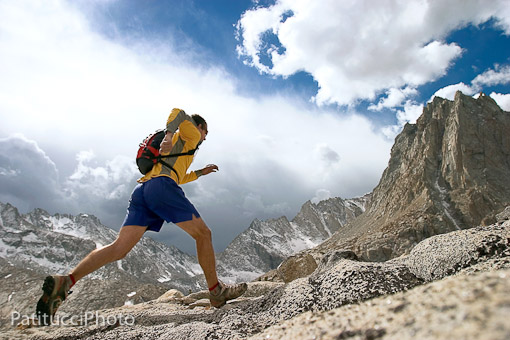
[Credits: Patituci Photo]
Q: I want to climb Casaval Ridge. What's the best way to prepare for it?
Casaval Ridge is a scenic route and is best done in the spring - April is usually the best month. However, since it is climbed on the coattails of winter, and because it is a prominent southern facing ridge, you should expect and be prepared for monster winds. They've been known to blow camps right off the ridge. Over the last 7 years about half of our teams have been unable to summit due to high winds and low visibility, so take a healthy dose of patience and caution. If you are really committed to summiting via Casaval it's best to plan at least 4 days. Study the route carefully ahead of time, get a very early start - like 2 am - and climb fast. Most parties do not rope up for the Catwalk.
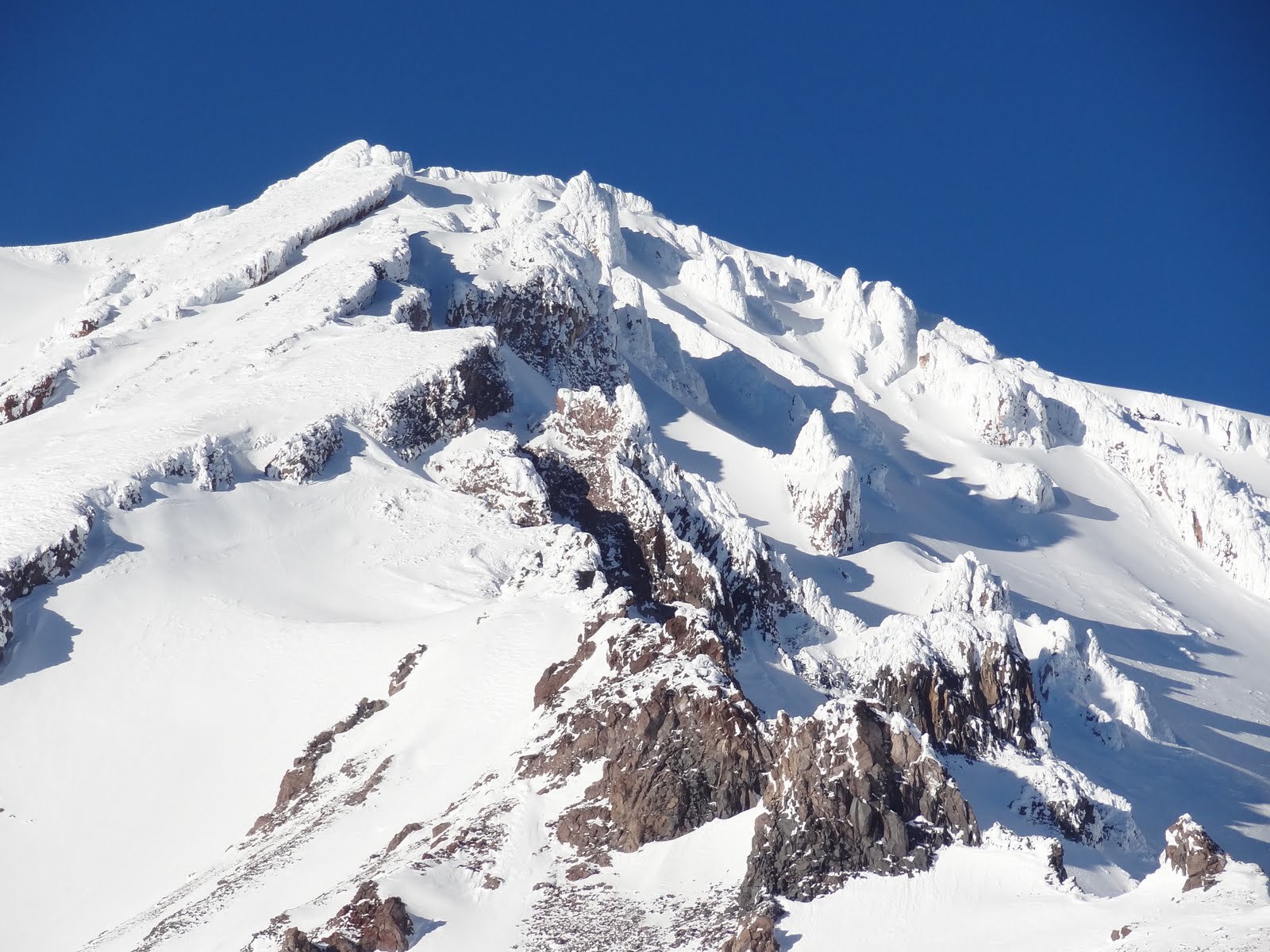 [The majority of the Casaval Ridge route. The Catwalk is the last right trending rock band before gaining the ridgeline of Misery Hill]
[The majority of the Casaval Ridge route. The Catwalk is the last right trending rock band before gaining the ridgeline of Misery Hill]
Q: How often does MAA climb Shasta?
Mountain Ascent Association climbs Shasta every year, between 4 and 8 times, during the months from April - July. This year we have 6 events so far and a few more in the planning stages. We also conduct glacier climbing and crevasse rescue courses there for Apex members.
Our favorite routes are any Hotlum route (HB ridge, HB glacier, and left and right ice gullies) and the ridge routes (Casaval, Sargents, and Green Butte), with West Face as a great alternative to Avalanche Gulch. We'll also be on the Wintun glacier this year. The Whitney Glacier is another route we've climbed in the past that is an adventurous and worthwhile route.
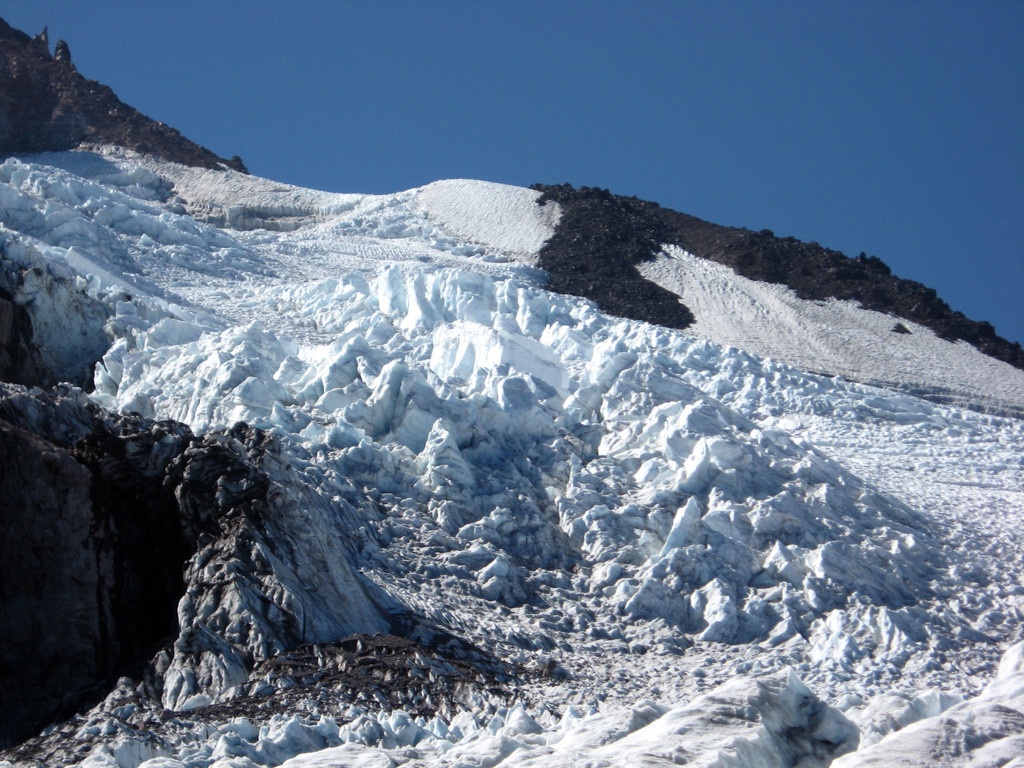 [The upper icefall zone on the Hotlum Glacier in late season]
[The upper icefall zone on the Hotlum Glacier in late season]
Q: What are the main hazards of climbing Shasta?
Unquestionably the biggest hazard is wind. It can be unpredictable and not on the forecast. It also varies in intensity depending upon which side of the mountain you are climbing. The worst culprits seems to be the windward southwest side and the colder, glaciated northwestern side. 50+ mph winds have often been present on the Hotlum Glacier and Casaval Ridge and on the summit 100 mph winds happen often, especially in the winter and spring.
Winds will not only make the climb colder and miserable, they may create a whiteout where navigation is difficult or impossible. Be prepared to descend and know your descent route well, even to the point of having a compass bearing handy. The other hazards of the mountain are other climbers, falling in or glissading into a crevasse, glissading with crampons on (never do this) and falling ice and rock.
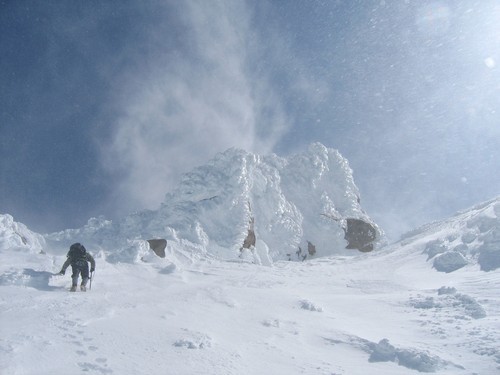
[MAA climber dealing with high winds on a typical winter climb on Round Top]
Q: What are the best things I should expect from my climb?
There's a lot to expect! Mt. Shasta is a beautiful, accessible, high mountain with a variety of routes and a lot of room for everyone. The weather is usually great and the views are stunning. It's easy to get there on the interstate, and usually can be climbed in a weekend.
Shasta is a great mountain climb in its own right, but it also offers the perfect training ground for higher and more difficult objectives. It's the perfect "mountain gym". Shasta is just as accessible as Mt. Hood or Mt. Baker, but it is hundreds of feet higher at 14,180. Rainier is the only Cascades volcano that's higher, at 14,410'. However, unlike Rainier, Mt. Shasta is less serious and less massive, with only a few glaciers that are big enough to practice with, but not so big they are a major hazard. So it's high enough to be useful for a "high altitude" experience but small enough that is doesn't require a major expedition effort to climb.
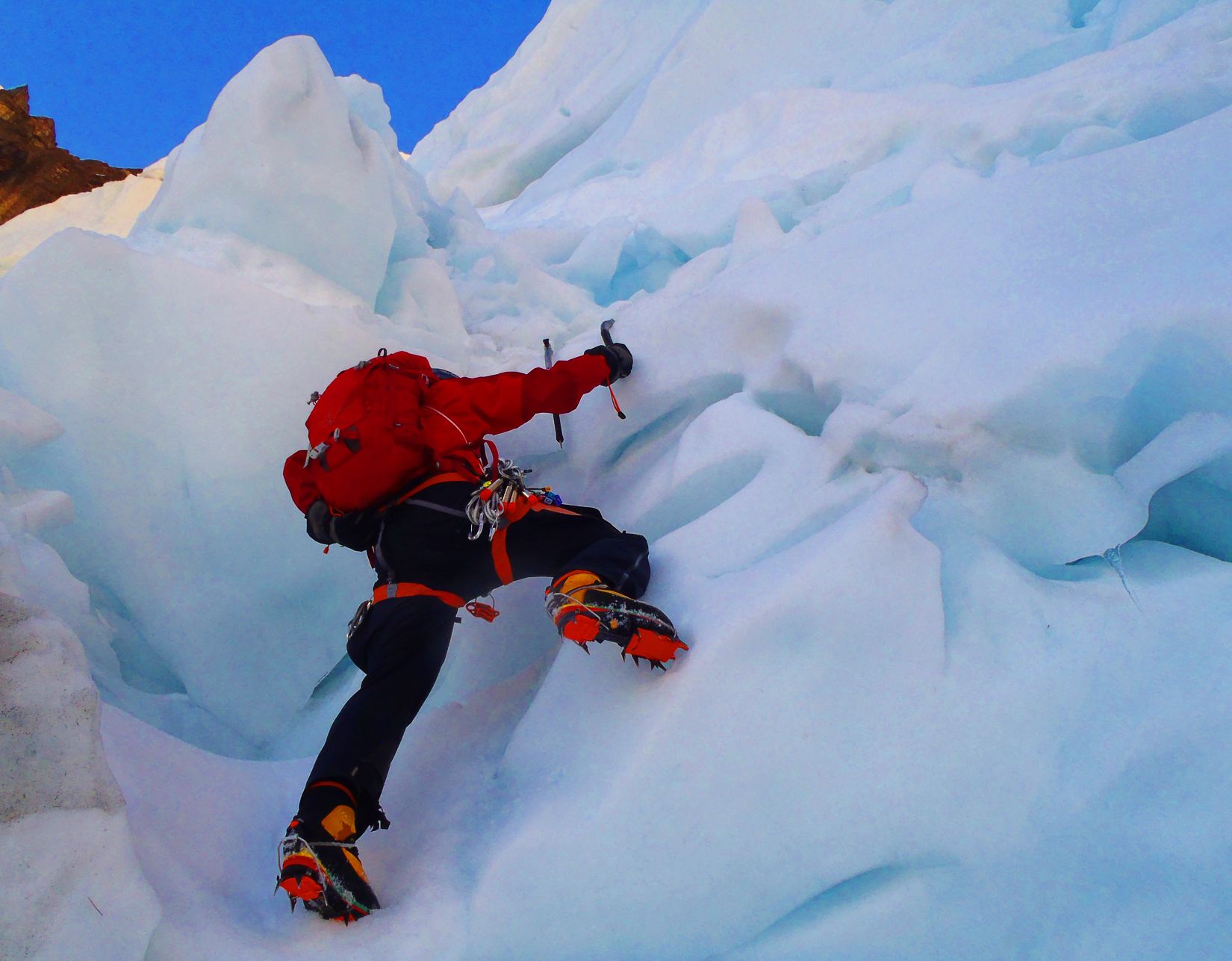
[MAA climber Dustin in the icefall on Mt. Stuart]
Q: Can I climb Shasta on my own?
Yes...if you have the skills, fitness, and a partner. Don't head up there without all of those. Study the route ahead of time, monitor the weather, don't skimp on clothing and equipment, and be ready to turn back if things aren't right. But do go for it - you will be rewarded. Climbing Mt. Shasta is a stellar experience.
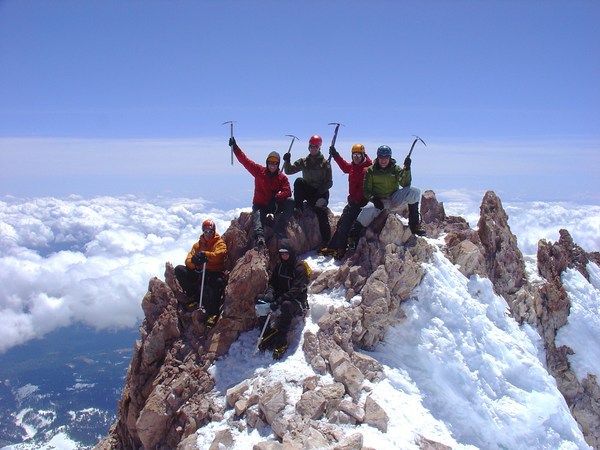 [One of our teams happy on the summit after climbing the HB ridge]
[One of our teams happy on the summit after climbing the HB ridge]


